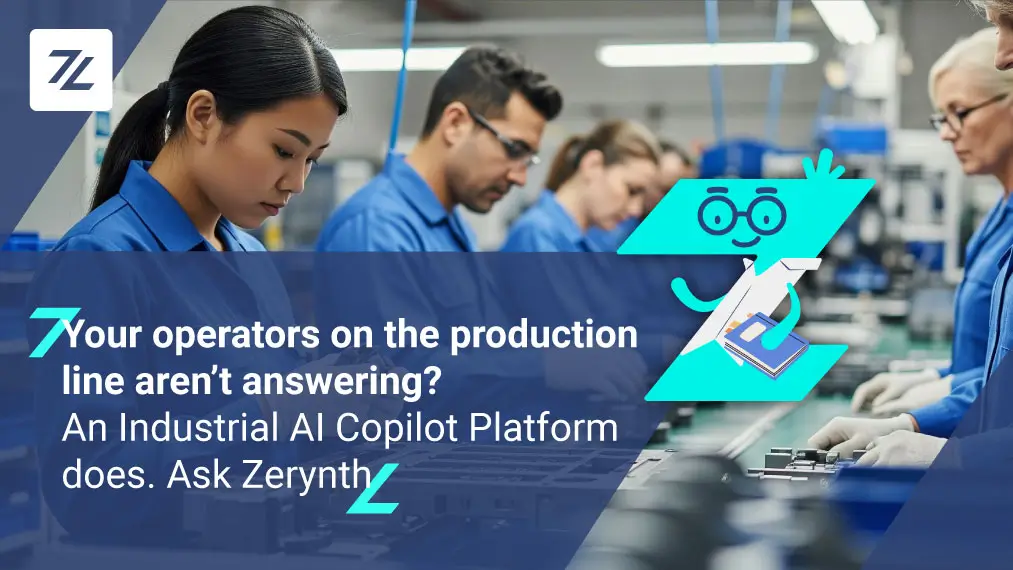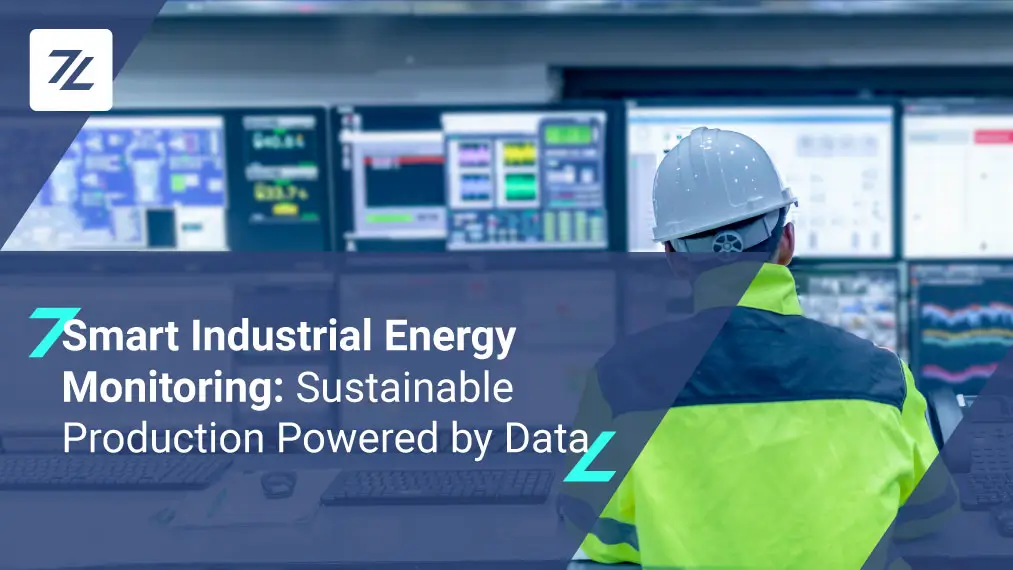The advancement of research in the field of IoT technologies allows one to obtain excellent benefits in Industry 4.0 applications, not only in terms of machine production performance but also with respect to environmental protection, thanks to greater attention to resources. This allows environmental sustainability but also a better return on investment.
We can speak of a real intertwining between technology, economy, and the environment that leads us towards sustainability 4.0.
Why adopt Industry 4.0 techniques in the environmental field?
With the ability to digitize industrial machinery, already present in the plants, and enable them to have new functionality, Industry 4.0 technologies offer interesting solutions to current problems. Extracting production data, in fact, allows an effective way to monitor the entire process, control costs, and monitor available resources to optimize the final revenue.
Untold sophisticated algorithms are developed every day that adequately manage resources and parameters in the industry. IoT devices can enable applications for environmental monitoring, land management, and energy optimization. This provides companies with the right tools to adopt sustainable strategies with excellent benefits for total consumption.
Having effective and correctly managed plants in terms of energy and overall consumption allows for a healthier workplace for workers and better management of raw materials used.
In a period in which climate and environmental crises are among the problems that weigh heavily on world territory, it is essential not to underestimate the scarcity of resources present on earth and the urgent need to adopt sustainable practices.
As an example, think about the transition from traditional to digital agriculture ( smart agriculture) as a further confirmation of how technology allows any business to manage its activities more effectively by exploiting the potential of data extraction and data management. And it is precisely for this reason that the set of these Industry 4.0 techniques if referred to in the field of agriculture, takes the name of Agriculture 4.0.
Agriculture 4.0, fewer resources wasted and more controlled production
The term Agriculture 4.0 implies all the interventions activated in agriculture that aim at the precise and timely analysis of data and information collected and transmitted through advanced tools and technologies.
The goal of these Industry 4.0 technologies is to offer reliable support to the farmer in all phases of his business, with the ultimate aim of increasing the final profit of the harvest, in terms of cost and quality.
Adopting Smart Agriculture solutions allows numerous benefits, such as:
- avoiding waste: by calculating the exact water needs for the crop allows you to have an estimate in advance of the required amount of water or fertilizer to be administered to the plant.
- controlling the production: the active monitoring of the crops’ state allows noticing, in time, the possible onset of plant diseases or identifying the presence of any parasites, and, therefore, allowing you to act accordingly and promptly.
- having greater control over production costs allows you to know, in advance, the expected consumption now and for future production.
- accurately plan the phases of cultivation, sowing, and harvesting, with respect to the analysis of previous crop data, allowing you to foresee times and costs in order to optimize resources.
- improving the traceability of the supply chain, having full control of the entire production process, and producing food of the highest quality and sustainability.
But what are the tools for Agriculture 4.0?
Here, are some of the most used techniques in the field of Agriculture 4.0 for monitoring and optimization of final crops.
Drones and sensors
These are small vehicles capable of monitoring crops in real-time simply by transmitting the images and useful information that they capture, from land mapping. A case of Agriculture 4.0, which uses infrared sensors and sights, is capable of detecting problems that cannot be identified with the naked eye.
Internet of Things (IoT)
4.0 platforms are capable of connecting machinery by allowing the bidirectional exchange of data. This is useful, for example, in sharing information to improve crop development conditions, as in the case of the Zerynth IoT platform with the Nurset project.
Big Data
Big Data, in this context, is essential to obtain all the information and data generated by various technologies and use this for decision-making.
The heterogeneity of the data collected is one of the advantages of an adequate reprocessing of the responses to certain agri-food logistics management problems (and Agriculture 4.0 more generally).
Artificial intelligence
Sophisticated AI algorithms are now able to make decisions that directly affect machines in real-time if the algorithms are properly trained in certain contexts. Accumulating, processing, and interpreting a large amount of data is essential, for example, in the field of robotics, thus favoring the automation of certain activities.
Cloud
Having accessible services and shared resources available online is useful for guaranteeing access to technologies for an ever-increasing number of people. In this way, even smaller companies can benefit from data and information management in a simple and intuitive way.
It is easier with appropriate visualizations to understand the economic value of extracted production data and then use them appropriately (at the business management level). What data are really useful (technological management level) that can finally ensure data collection that is in line with the latest European privacy regulations (legal management level). And this is exactly what Zerynth does with the Cloud platform, now having the ability to make business decisions based on data, also in the field of Agriculture 4.0.
Are we talking about Eco-Innovation?
Industry 4.0 allows machines to be retrofitted for complete digitalization, using decision-making tools that are useful both at the logistics level and in operations of any farm that can make choices aimed at greater sustainability.
We, therefore, speak of eco-innovation as a careful reduction of emissions and waste products. Examples of eco-innovation include: using renewable energy sources, recovering energy from solid waste, using waste to recover materials, producing fertilizers from waste water, etc.
Even in the case of Agriculture 4.0, this is a direction undertaken by an increasing number of companies seeking to defeat the energy, economic and environmental crisis currently in the press.
How does Zerynth do it? Consumption monitoring, production optimization, and cost reduction are just some of the advantages why many customers have chosen our IoT platform for environmental sustainability.
Share This Story, Choose Your Platform!
Follow Zerynth on
Latest Posts







